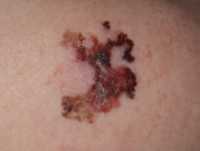When you think about protecting your skin from harmful UV rays, you might imagine lounging on the beach or spending time outdoors. For some, it can be hard to remember the importance of doing so within a vehicle, too. Exposing your skin to harmful UV radiation can lead to premature aging and even increasing the risk of skin cancer. In this article, we'll delve into how sun exposure through car windows contributes to skin damage, and more importantly, how you can protect your skin while behind the wheel.
How sun exposure affects your skin while driving
When driving during daylight hours, you’re exposed to UV rays that can penetrate through your car windows. Many people believe that they are protected from the sun while in their vehicles, but the reality is that UV rays are still able to reach you. The sun emits two types of UV radiation that affect the skin: UVA and UVB rays.
UVA ray exposure can cause premature aging, wrinkles, and fine lines. UVB rays, on the other hand, are responsible for sunburns and can also damage the skin’s DNA, leading to an increased risk of skin cancer.
While most car windows block the majority of UVB rays, they don't block them all. On top of this, they often allow UVA rays to pass through.
74 percent of melanomas appear on the left side of the body of those in the United States, and this happens to be the side the driver's window is on. In fact, the risk is so significant that drivers may experience accelerated
aging on their left side compared to the right. This type of sun exposure is often subtle and unnoticed but can have long-term consequences.
(more…) Choosing the correct dermatologist will greatly affect your overall well-being whether you prefer treatment for a chronic skin condition or professional advice on maintaining good skin. However, determining the most qualified and reliable expert requires careful analysis of several criteria. From board certification to communication style and treatment philosophy, every factor counts greatly in choosing the best dermatologist for your particular circumstances. Since many skin conditions can point to underlying systemic problems, the quality of your dermatological treatment can impact not only the look of your skin but also your overall health.
Client Reviews and Reputation
Patient feedback and the reputation of a dermatologist can offer insightful analysis of their professional skills, bedside approach, and overall patient happiness. Online reviews and testimonials can provide insights related to appointment wait times, communication styles, and overall clinic environment based on other patients' experiences.
Though personal experiences differ, a continuous pattern of good evaluations indicates a dependable practice. Getting advice from your primary care doctor or close friends and relatives might also assist you in finding respectable local dermatologists.
(more…)
Choosing the correct dermatologist will greatly affect your overall well-being whether you prefer treatment for a chronic skin condition or professional advice on maintaining good skin. However, determining the most qualified and reliable expert requires careful analysis of several criteria. From board certification to communication style and treatment philosophy, every factor counts greatly in choosing the best dermatologist for your particular circumstances. Since many skin conditions can point to underlying systemic problems, the quality of your dermatological treatment can impact not only the look of your skin but also your overall health.
Client Reviews and Reputation
Patient feedback and the reputation of a dermatologist can offer insightful analysis of their professional skills, bedside approach, and overall patient happiness. Online reviews and testimonials can provide insights related to appointment wait times, communication styles, and overall clinic environment based on other patients' experiences.
Though personal experiences differ, a continuous pattern of good evaluations indicates a dependable practice. Getting advice from your primary care doctor or close friends and relatives might also assist you in finding respectable local dermatologists.
(more…) Choosing the correct dermatologist will greatly affect your overall well-being whether you prefer treatment for a chronic skin condition or professional advice on maintaining good skin. However, determining the most qualified and reliable expert requires careful analysis of several criteria. From board certification to communication style and treatment philosophy, every factor counts greatly in choosing the best dermatologist for your particular circumstances. Since many skin conditions can point to underlying systemic problems, the quality of your dermatological treatment can impact not only the look of your skin but also your overall health.
Client Reviews and Reputation
Patient feedback and the reputation of a dermatologist can offer insightful analysis of their professional skills, bedside approach, and overall patient happiness. Online reviews and testimonials can provide insights related to appointment wait times, communication styles, and overall clinic environment based on other patients' experiences.
Though personal experiences differ, a continuous pattern of good evaluations indicates a dependable practice. Getting advice from your primary care doctor or close friends and relatives might also assist you in finding respectable local dermatologists.
(more…)
Choosing the correct dermatologist will greatly affect your overall well-being whether you prefer treatment for a chronic skin condition or professional advice on maintaining good skin. However, determining the most qualified and reliable expert requires careful analysis of several criteria. From board certification to communication style and treatment philosophy, every factor counts greatly in choosing the best dermatologist for your particular circumstances. Since many skin conditions can point to underlying systemic problems, the quality of your dermatological treatment can impact not only the look of your skin but also your overall health.
Client Reviews and Reputation
Patient feedback and the reputation of a dermatologist can offer insightful analysis of their professional skills, bedside approach, and overall patient happiness. Online reviews and testimonials can provide insights related to appointment wait times, communication styles, and overall clinic environment based on other patients' experiences.
Though personal experiences differ, a continuous pattern of good evaluations indicates a dependable practice. Getting advice from your primary care doctor or close friends and relatives might also assist you in finding respectable local dermatologists.
(more…)



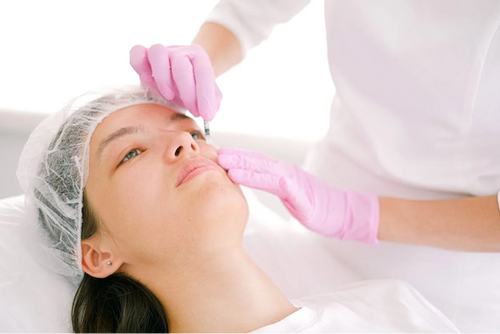

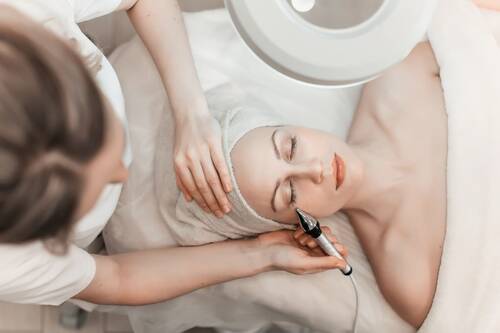
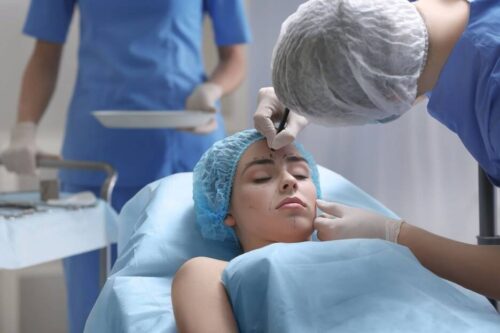

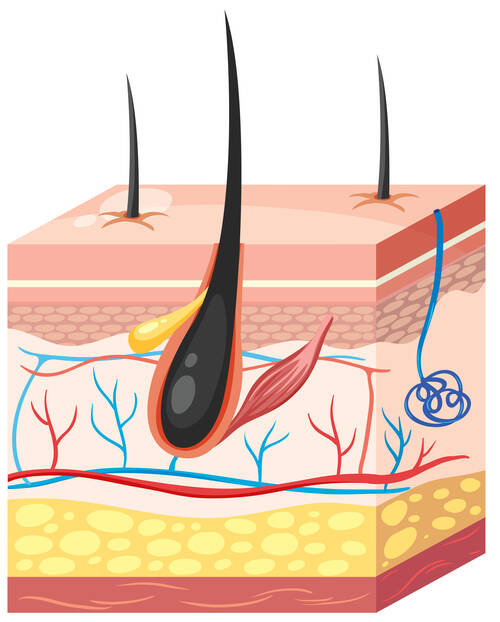
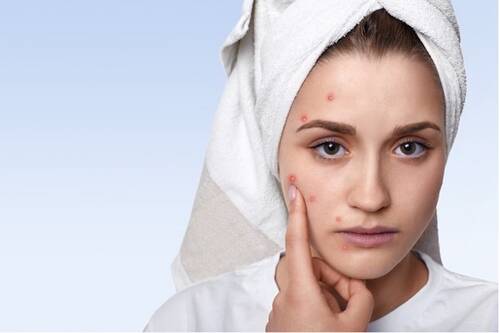
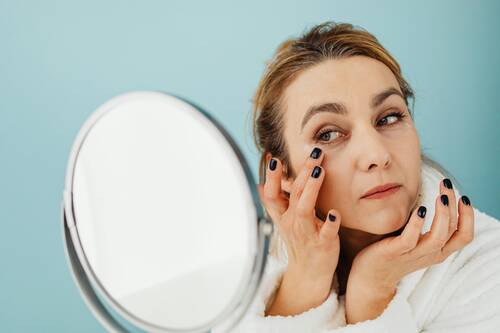





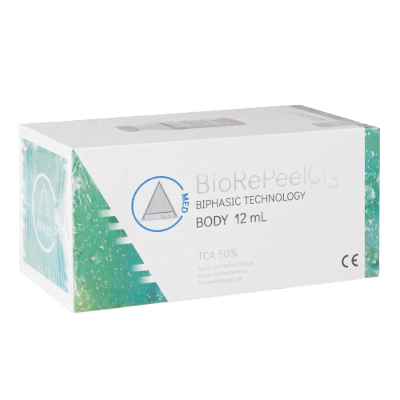

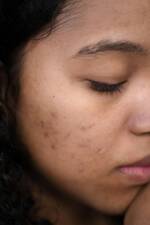


 According to the
According to the 







